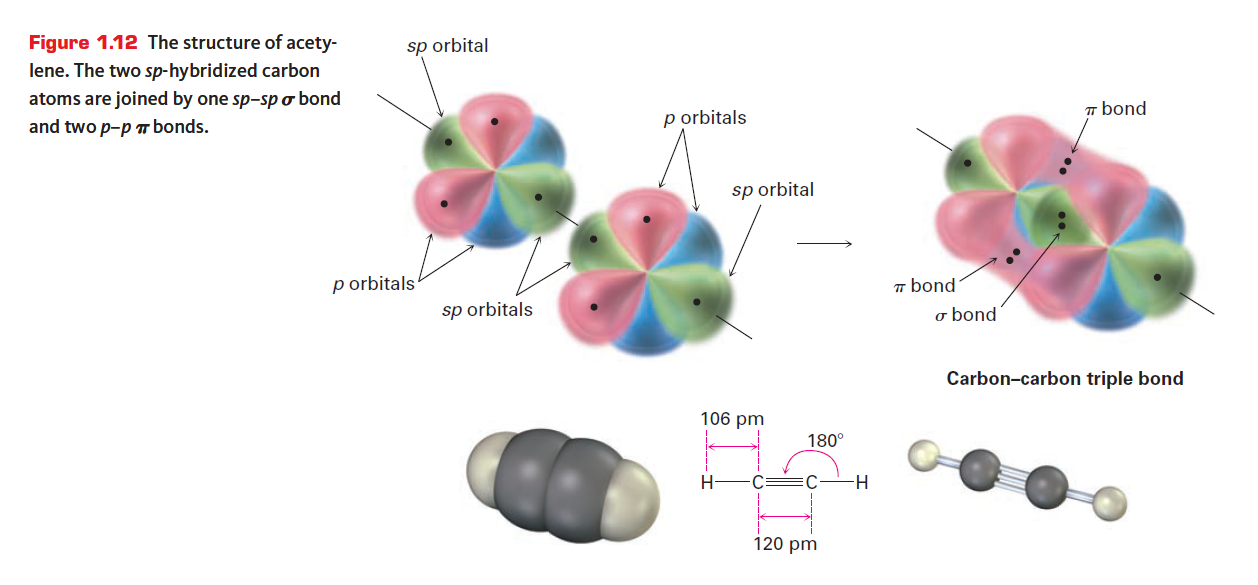Name: Fundamentals of Organic Chemistry
Edition: 7th
Author: John McMurry
Subject: Organic Chemistry
Language: English
Publisher: Brooks/Cole, Cengage Learning

Brief Introduction
Organic chemistry is changing rapidly. From its early days dealing primarily with soaps and dyes, organic chemistry has moved to center stage in many fields, from molecular biology to medicine and from agriculture to advanced electronics.Today’s organic chemists are learning new languages—particularly those of medicine and molecular biology—to shape the world we live in, and practitioners in many other fi elds are fi nding themselves having to learn something of organic chemistry.
More than ever before, a fundamental understanding of organic chemistry is critical to addressing complex, interdisciplinary problems. This seventh edition of Fundamentals of Organic Chemistry addresses some of the changes that are occurring by placing a greater emphasis on the applications of organic chemistry, especially applications to medicine and agriculture. Many new examples of biological organic reactions have been added in this edition; Interlude boxes at the end of each chapter are rich in the chemistry of drugs and agrochemicals; and problem categories such as “In the Field” and “In the Medicine Cabinet” reinforce the emphasis on applications.
Contents
- Structure and Bonding; Acids and Bases
- Alkanes: The Nature of Organic Compounds
- Alkenes and Alkynes: The Nature of Organic Reactions
- Reactions of Alkenes and Alkynes
- Aromatic Compounds
- Stereochemistry at Tetrahedral Centers
- Organohalides: Nucleophilic Substitutions and Eliminations
- Alcohols, Phenols, Ethers, and Their Sulfur Analogs
- Aldehydes and Ketones: Nucleophilic Addition Reactions
- Carboxylic Acids and Derivatives: Nucleophilic Acyl Substitution Reactions
- Carbonyl Alpha-Substitution Reactions and Condensation Reactions
- Amines
- Structure Determination
- Biomolecules: Carbohydrates
- Biomolecules: Amino Acids, Peptides, and Proteins
- Biomolecules: Lipids and Nucleic Acids
- The Organic Chemistry of Metabolic Pathways
APPENDIX A: Nomenclature of Polyfunctional Organic Compounds
APPENDIX B: Glossary
APPENDIX C: Answers to Selected In-Chapter Problems
Excerpts
…
In this and the next three chapters, we’ll focus on the most commonly occurring of all functional groups—those that contain oxygen—beginning in this chapter with a look at compounds that contain C –O single bonds. An alcohol is a compound that has a hydroxyl group bonded to a saturated, sp3-hybridized carbon atom, ROOH; a phenol has a hydroxyl group bonded to an aromatic ring, ArOOH; and an ether has an oxygen atom bonded to two organic groups, ROOOR′. The corresponding sulfur analogs are called thiols (ROSH), thiophenols (ArOSH), and sulfi des (ROSOR′). Alcohols, phenols, and ethers occur widely in nature and have many industrial, pharmaceutical, and biological applications. Ethanol, for instance, is a fuel additive, an industrial solvent, and a beverage; phenol is a general disinfectant, commonly called carbolic acid; and diethyl ether—the familiar “ether” of medical use—is frequently used as a reaction solvent and was once popular as an inhaled anesthetic.
Page 256
…
Screenshots





Download Links
The download links are hidden, you should sign-in and pay the fee(diamonds) or points to get the links.
The links Including:
- Fundamentals of Organic Chemistry (7th Edition)-PDF